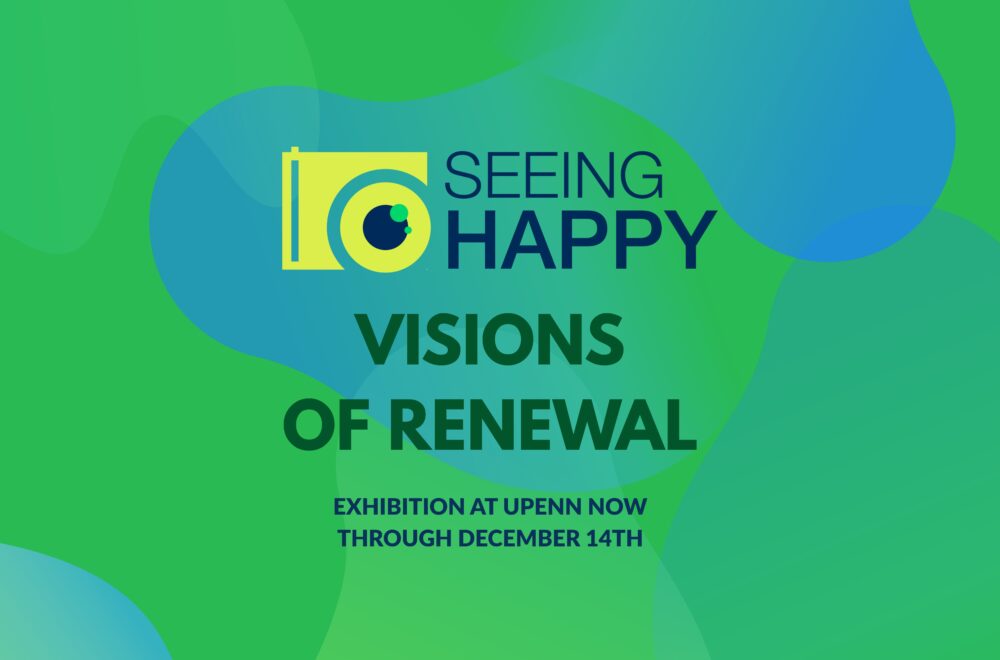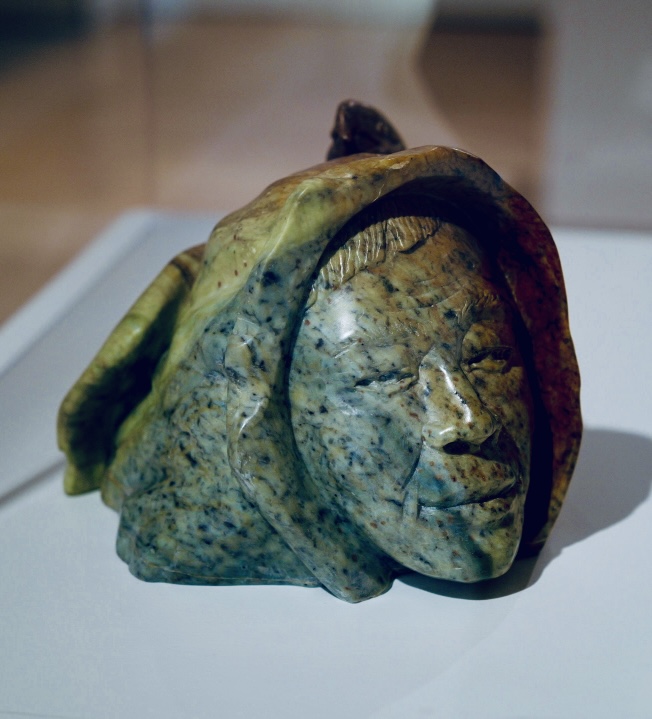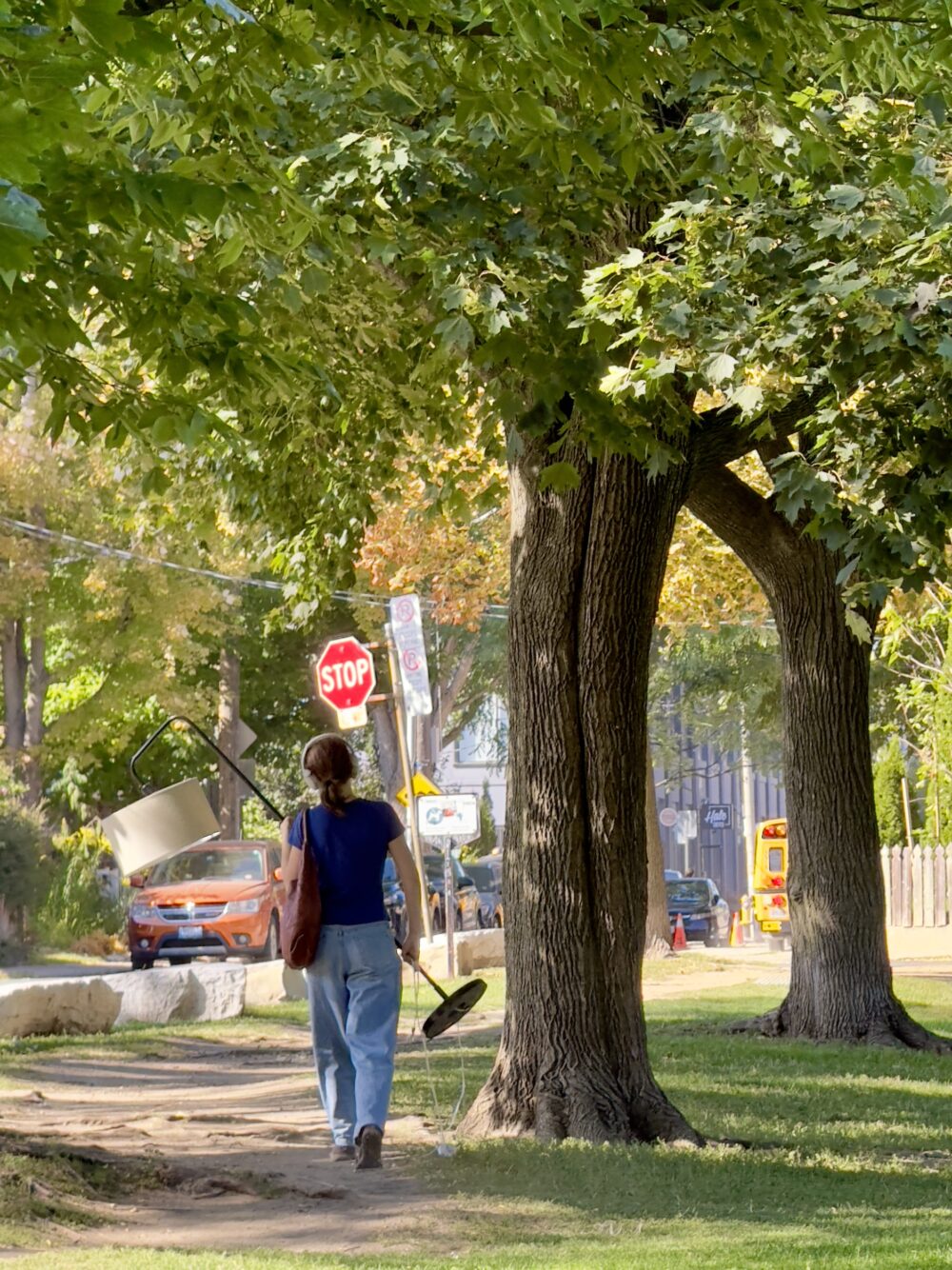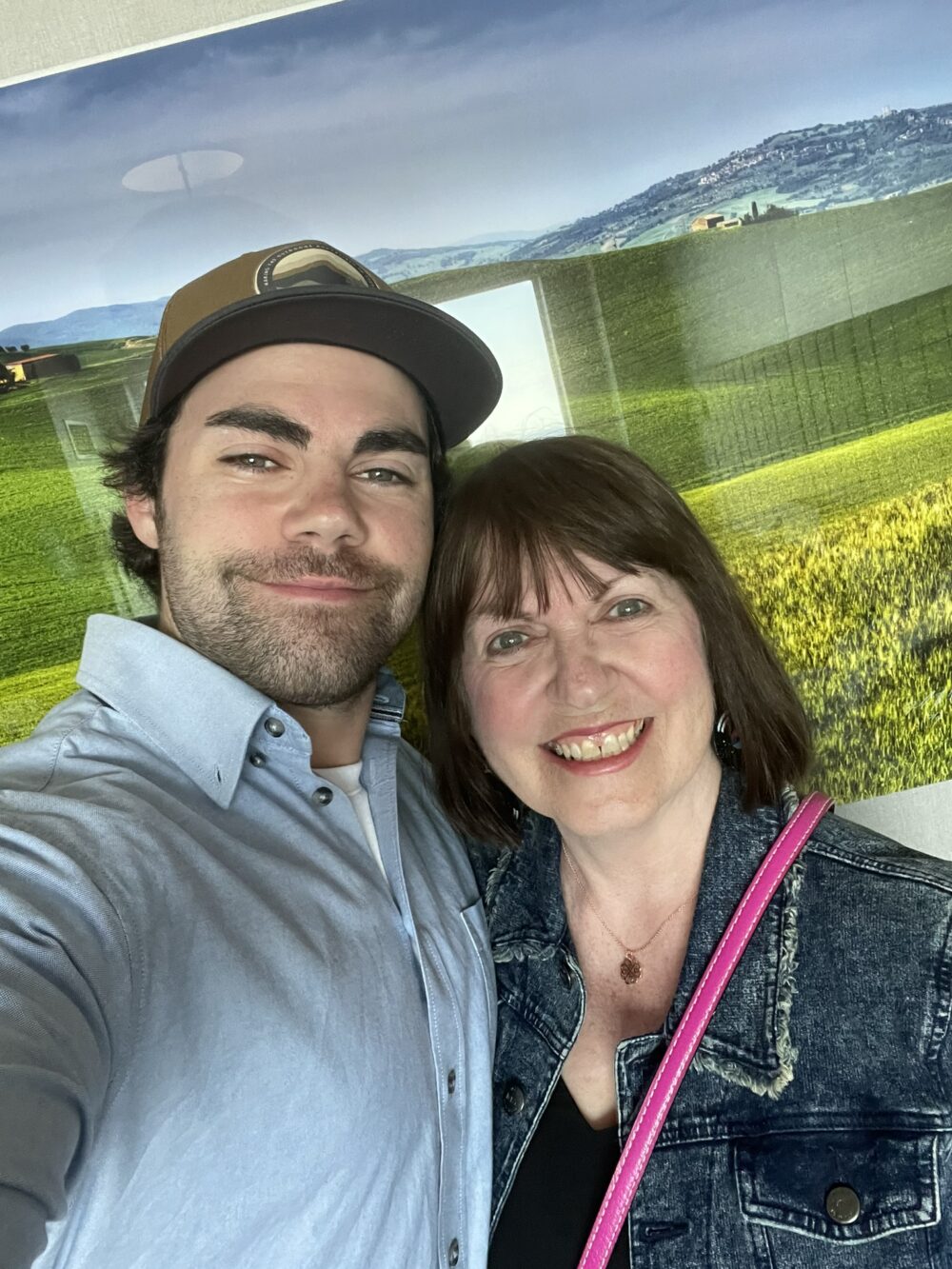
Chapter 2: Preparation of the Fields and How Group Cohesion Improves Overall Happiness
The Central Park Softball Leagues – A BLOG SERIES BY ALEC RILL
Measuring the field to position the bases
The introduction to my blog discussed the 10 domains of Gross National Happiness (GNH) that form the basis for creating a happy society: psychological well-being, health, time use, education, cultural diversity and resilience, good governance, community vitality, ecological diversity, resilience, and living standards.
The focus of this chapter is on community vitality and how this domain in particular, has been instrumental in establishing and maintaining the healthy and happy environment characterizing the Central Park Softball Leagues today.
The story goes back decades, when the Heckscher Ballfields needed a lot of love and care to get them ready for the games. In 1967 Fran Lewin – who was Commissioner of the Broadway Show League for 20 years – wrote a letter to the park’s commissioner (August Heckscher, whom the fields were named after) expressing her concern for the state of field #6. This is the park’s Director of Maintenance response:
May 17, 1967
Dear Mrs. Lewin:
Commissioner Heckscher has asked me to answer your letter concerning the conditions in ballfield #6 in Central Park.
On May 10th, sufficient clay was added to this field to bring low spots up to grade. This field is extremely wet at this time due to drainage. Our equipment became stuck in the field during levelling operations recently. With better weather conditions, this field will dry up and will be put into playing condition. The soil you speak of would be unsuitable for use on a ballfield.
Thank you for your interest in this matter.
-S.M White
Director of Maintenance and Operations
Then, as today, just a light rainfall rendered the fields unplayable.

Reflections of buildings in the puddles created by rain the night before

Bird taking a bath near home base.

The dreaded red flag at the entrance of the fields signaling that no games are allowed
Players have many reasons to play softball, some play for decades. Some, for example, are high level executives juggling demanding schedules, some are independent contractors for whom every minute not spent working results in significant monetary loss. Others are healthcare or hospitality workers who adjust their work schedules to be able to play.
What they have in common is that they work hard and need a place, a sport, a community where they can unwind from the stress accumulated during the week.
And they are NOT going to let a few raindrops spoil their fun!
Nobody is going to stop the players from doing whatever is needed to prepare the fields for the games, so they bought (with their own money) the equipment needed to get the job done.
Just as they did decades ago, they still come early to the fields and work hard as a team clearing, cleaning, raking, setting up the bases, measuring and establishing the perimeter—activities that need to be coordinated and need to be done perfectly so that all the elements come together. And it all has to be done before the games are scheduled to start. Talk about teamwork!
This teamwork creates an environment among the players that transcends the original intentions of field preparation. It fosters positive psychological attitudes and creates a feeling of community and camaraderie that I’ve personally witnessed in the Softball Leagues today.
Although the general maintenance of the fields was taken over by the Central Park Conservancy in the late 1990s, the basic field preparation activities are still done today by the players before and during the games. And everyone pitches in (pun intended), regardless of their age, rank, position, or other demographics that don’t mean anything when the games are on.

Establishing the path from home to first base

One of the players raking the field between games

Home base being cleaned by the umpire
Social connectedness is one of the key factors that helps explain the longevity of individuals in Blue Zones—geographic regions where people are healthiest and tend to live the longest. Studies show that friendship and community connections provide intellectual stimulation and emotional support during hardships.
Similarly, research on positive psychology—which focuses on positive emotions, character strengths, and building a flourishing life—has shown that group cohesion contributes to the wellbeing of the individual, which in turn increases the overall happiness of a society.
The Softball Leagues confirm these studies and has let me appreciate up close how a happy society can function.























1 thought on “Preparing the Fields”
Hi Alec
The blog looks great.
I look forward to seeing more.
Bill Taylor